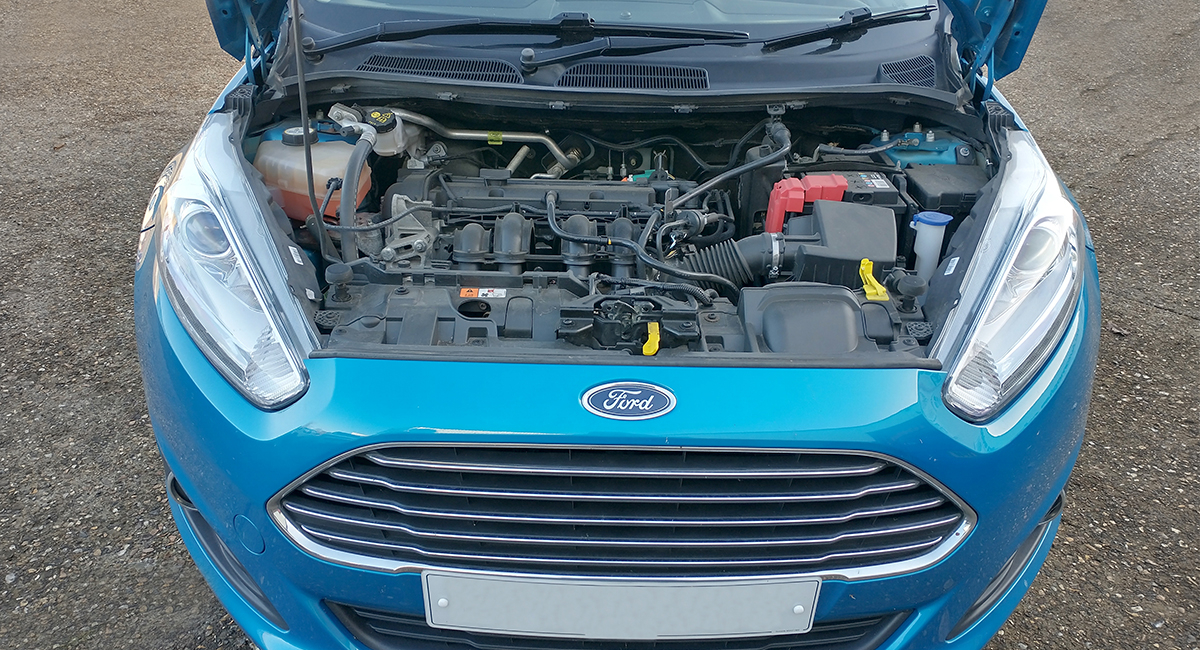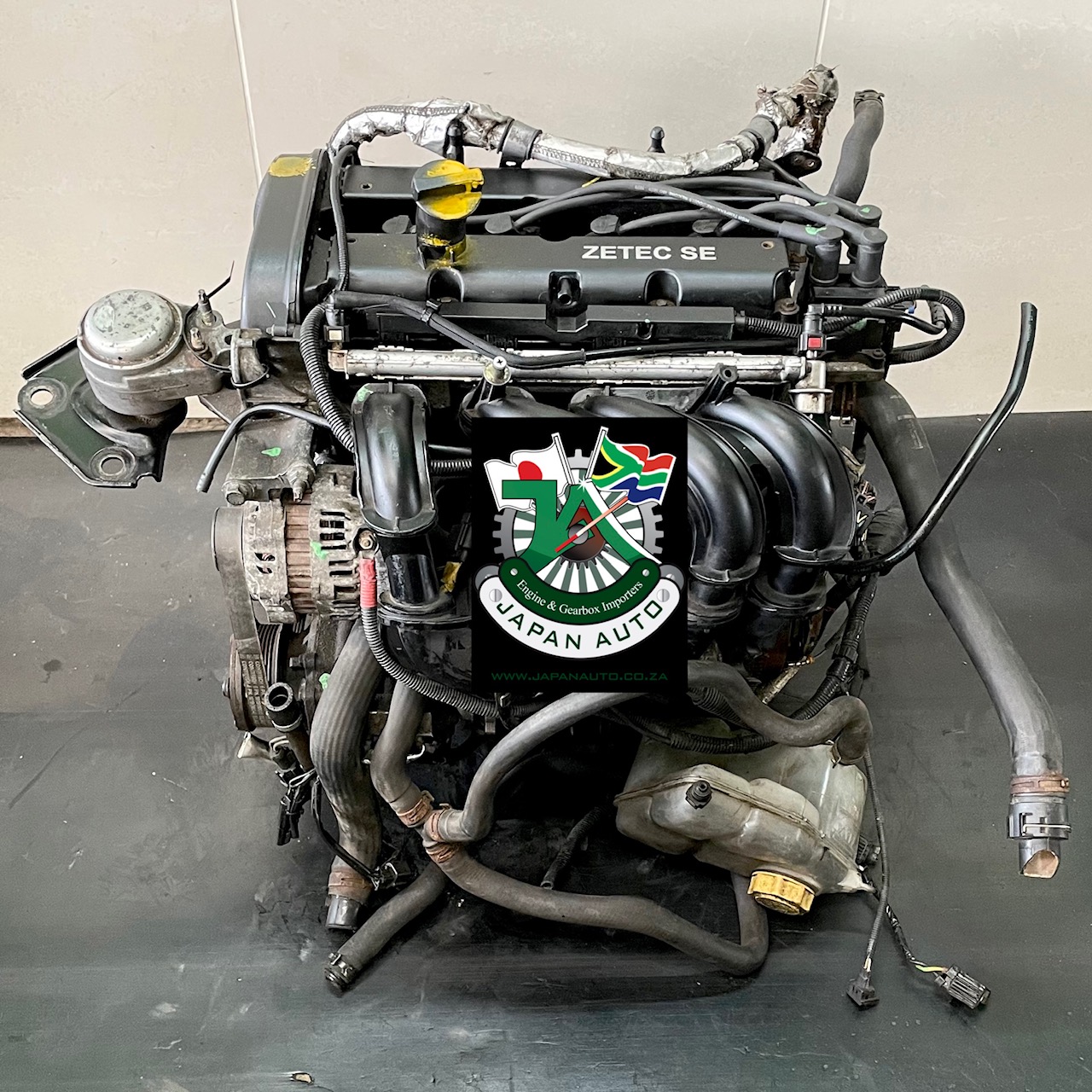Top Ford Fiesta Engine Repairs to Avoid Costly Damage
Top Ford Fiesta Engine Repairs to Avoid Costly Damage
Blog Article
Checking Out the Development of Engines: From Timeless Styles to Modern Marvels
From the preliminary heavy steam engines that powered the Industrial Revolution to the introduction of internal combustion engines that changed movement, each stage has actually added to better effectiveness and ability. As we examine these turning points, one have to consider exactly how the future of engine layout might unfold, testing our understandings of power and effectiveness.
The Birth of Engine Innovation
The development of engine technology noted an essential minute in human advancement, changing power conversion and transport. The earliest engines emerged from the need to harness mechanical power for practical usage, leading to the growth of gadgets that converted different power forms into movement (ford fiesta engine).
The advancement of the internal combustion engine and the creation of the steam engine catalyzed a profound change in industrial capacities. These engines not just boosted effectiveness however likewise expanded the extent of human movement, making it possible for extraordinary transport opportunities. The early prototypes laid the foundation for the mechanized globe, promoting the surge of sectors and improving societal frameworks.
As engine layouts progressed, they progressed and included innovative materials engineering principles, leading the method for modern-day growths - ford fiesta engine. The birth of engine innovation stired up a relentless pursuit of efficiency and power, establishing the stage for the dynamic evolution of transportation and commercial equipment that would follow
Steam Engines and Their Impact

The vapor engine's influence was especially noticeable in the transportation industry (ford fiesta engine). Steam-powered locomotives assisted in the fast activity of items and individuals across substantial distances, properly shrinking the geographical barriers that had actually formerly hindered trade and interaction. Steamships revolutionized marine travel, allowing for quicker and much more reputable crossings of rivers and oceans.
In market, steam engines powered factories, enabling mass production and the increase of metropolitan centers as hubs of economic activity. Vapor modern technology cultivated innovations in engineering and production procedures, laying the groundwork for future advancements in engine design.
The Rise of Inner Burning
Often eclipsing heavy steam power, the increase of interior combustion engines noted a transformative change in transport and industry throughout the late 19th and very early 20th centuries. The advancement of these engines, defined by their ability to burn gas within the engine itself, made it possible for higher effectiveness and power compared to typical vapor engines. Pioneering creators such as Nikolaus Otto and Rudolf Diesel played vital functions in perfecting engine layouts, causing extensive fostering in autos, watercrafts, and commercial machinery.
The interior combustion engine's portable size and fairly light-weight nature assisted in the introduction of personal vehicles, changing private wheelchair and improving urban landscapes. By enabling faster traveling and the reliable transport of items, these engines militarized economic growth and promoted globalization. The adaptability of gas choices, including gasoline and diesel, additionally enhanced their appeal, enabling diverse applications across various markets.
Despite the environmental concerns that would later on arise, the preliminary attraction of internal burning technology lay in its transformative capacity. As culture embraced this advancement, the foundation was laid for modern-day transportation systems, developing inner combustion engines as a foundation of commercial development and every day life throughout the 20th century.
Improvements in Engine Effectiveness
As inner burning engines became essential to transport look at these guys and sector, the emphasis shifted towards improving their performance to fulfill growing needs for efficiency and sustainability. Developments in engine design, product science, and technology have site link substantially added to this evolution.
One significant advancement is the development of turbocharging, which enables raised air intake, leading to even more full fuel burning and enhanced power result without enlarging engine size. Furthermore, variable valve timing systems have actually been carried out to enhance engine efficiency across various RPM ranges, thus enhancing fuel performance.
The application of innovative gas shot innovations, such as direct injection, has actually additionally played a crucial role. This method enables even more exact control over the fuel-air mix, promoting better burning and reducing emissions. In addition, light-weight materials, including light weight aluminum and composite parts, have actually been adopted to minimize total engine weight, bring about improved performance.
These improvements reflect a more comprehensive pattern within the automobile sector, where the synergy in between engineering innovation and ecological considerations drives the recurring quest for greater efficiency in inner combustion engines. Consequently, contemporary engines are currently extra powerful, cleaner, and effective than ever in the past, leading the way for a much more sustainable future in transportation.
The Change to Electric Power
With growing problems over environmental effect and nonrenewable fuel source reliance, the auto market is experiencing a substantial shift towards electrical power. This transition is driven by a mix of technical developments, governing my sources pressures, and altering customer preferences. Electric cars (EVs) offer a compelling option to traditional interior burning engines, flaunting minimized greenhouse gas exhausts and lower operating expense.
The surge of battery modern technology has actually been a game changer, with lithium-ion batteries becoming extra cost-effective and efficient. Improved power thickness and faster billing capabilities have made EVs much more functional for day-to-day usage. Furthermore, governments worldwide are executing rewards and establishing enthusiastic targets for eliminating fossil gas lorries, thereby accelerating the adoption of electrical power.
As charging infrastructure expands and battery modern technology proceeds to enhance, the shift to electrical power is positioned to reshape the auto landscape, advertising sustainability and development in the years to come. The future of transportation is electrical, and the momentum is obvious.
Verdict
The evolution of engine modern technology represents a considerable trajectory of technology that has exceptionally affected transportation and market. From the fundamental vapor engines to the transformative interior burning engines, each growth has contributed to boosted movement and financial development.

Report this page